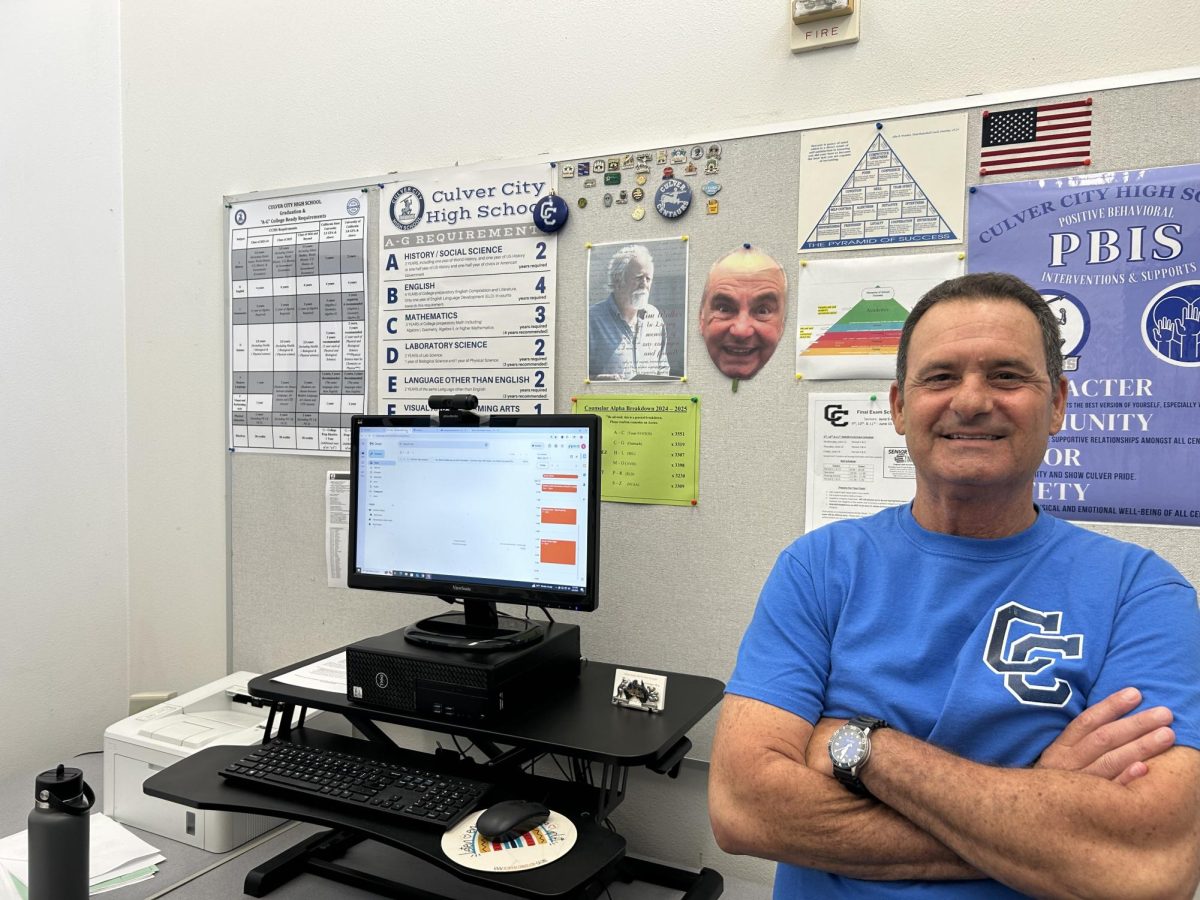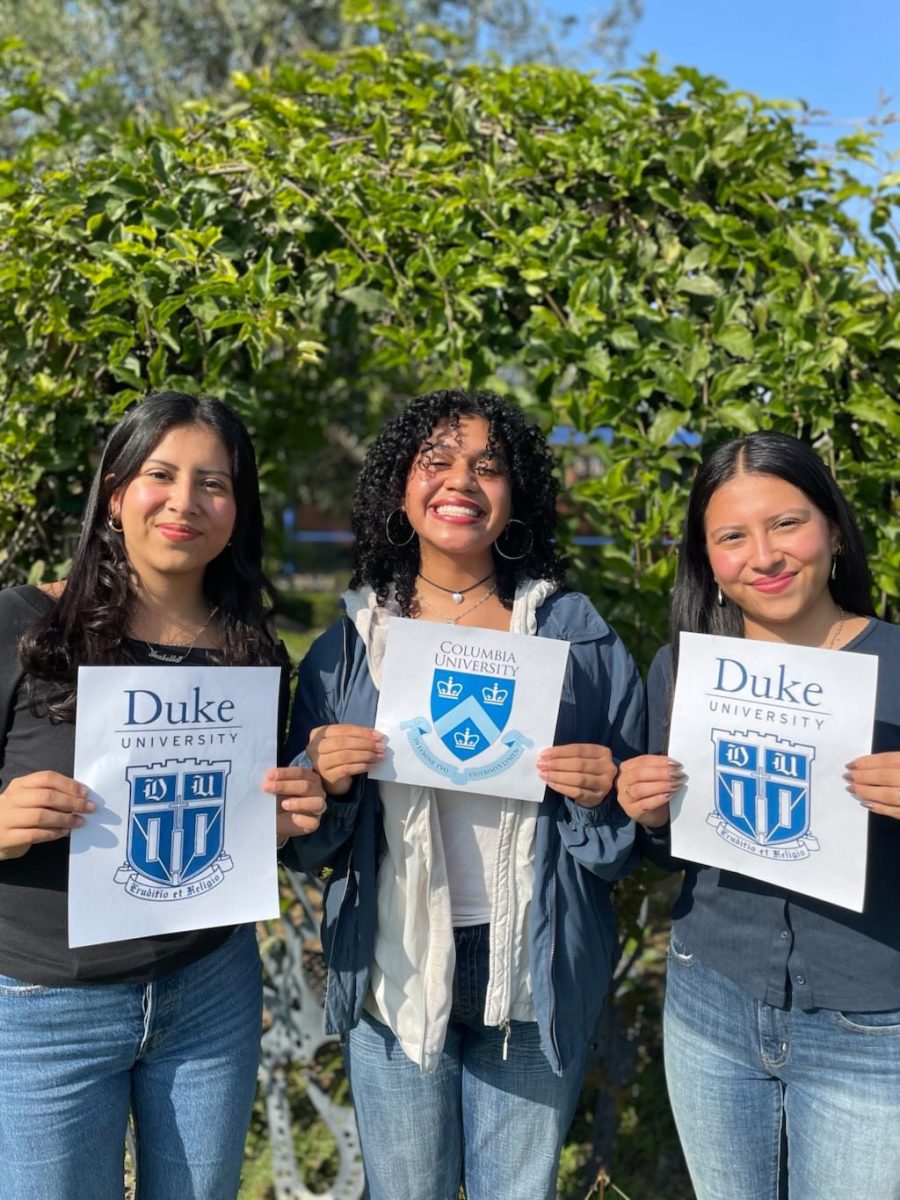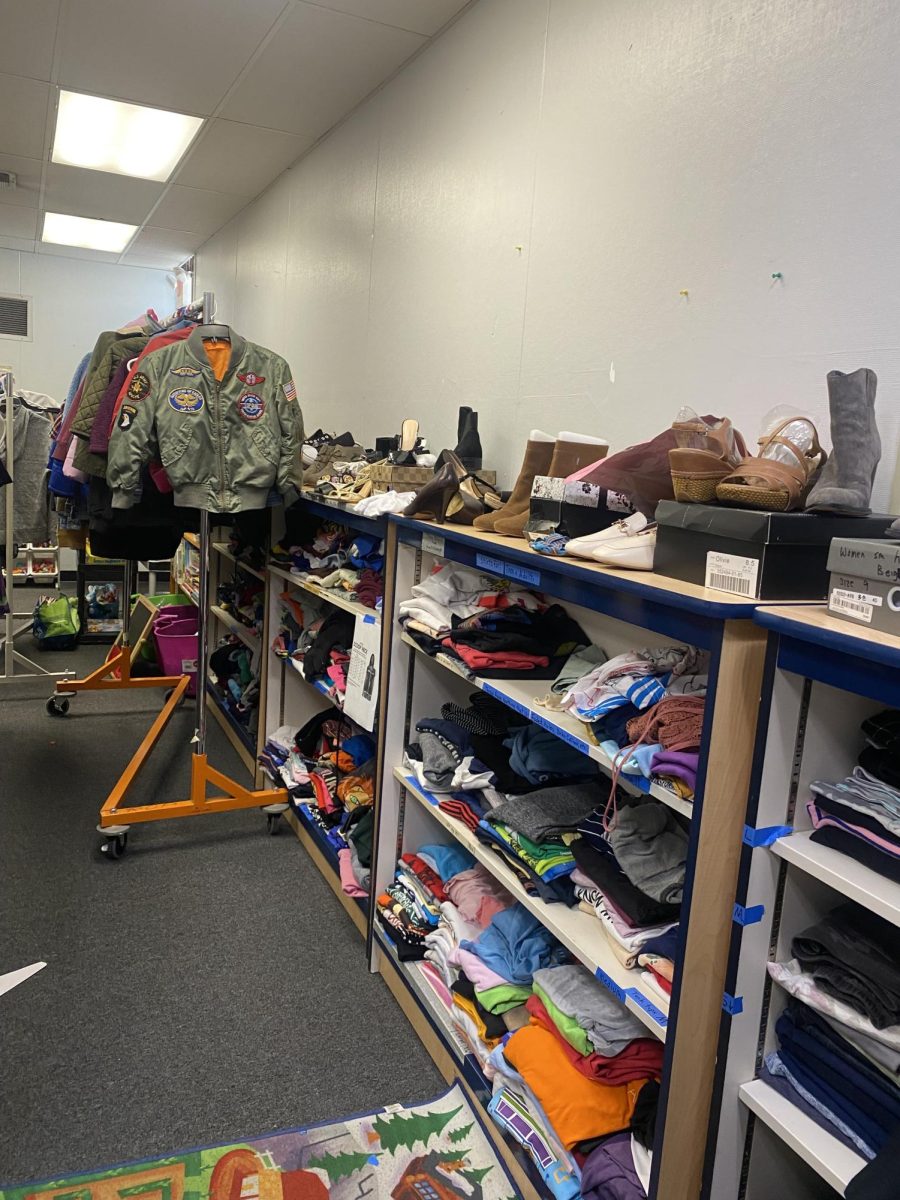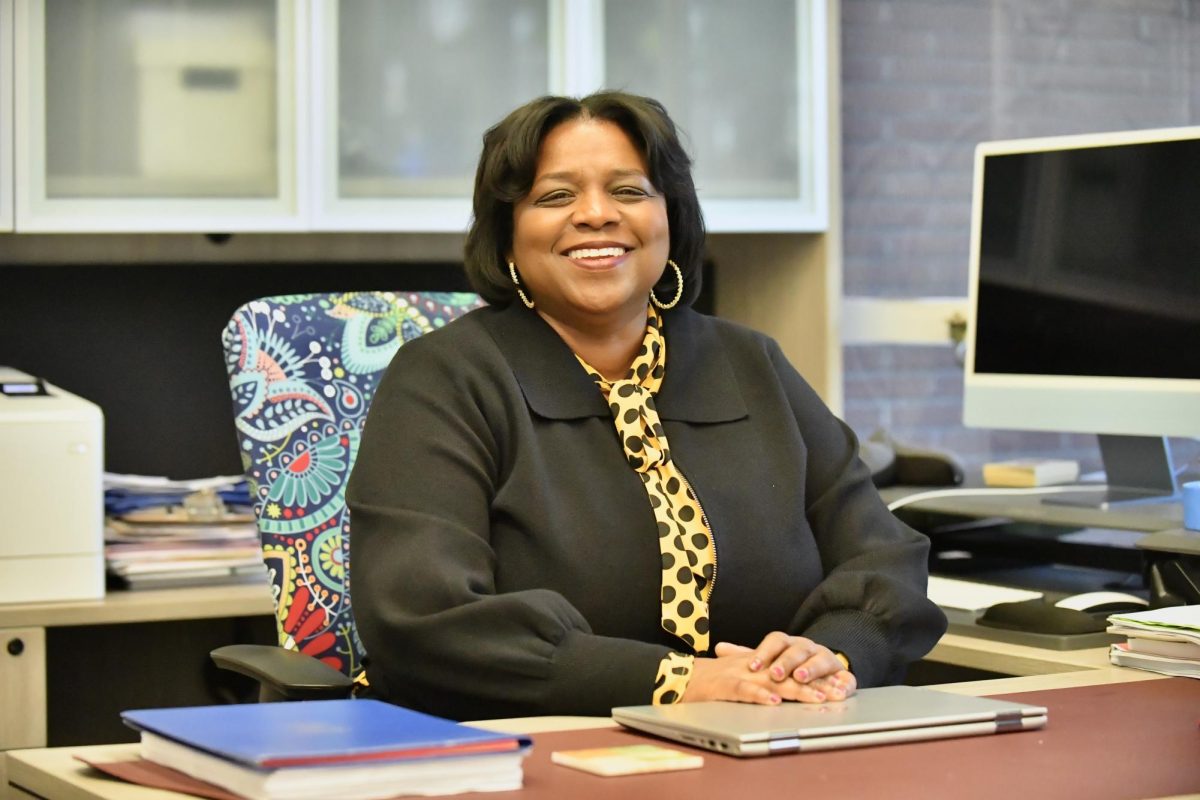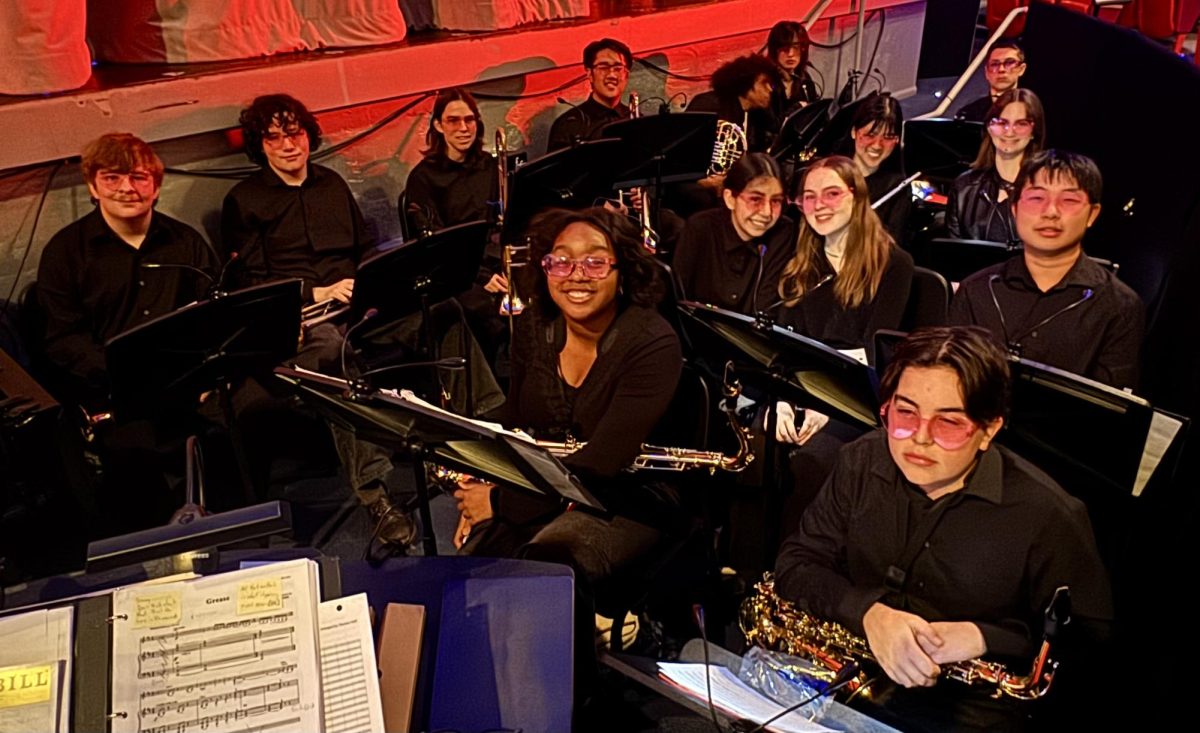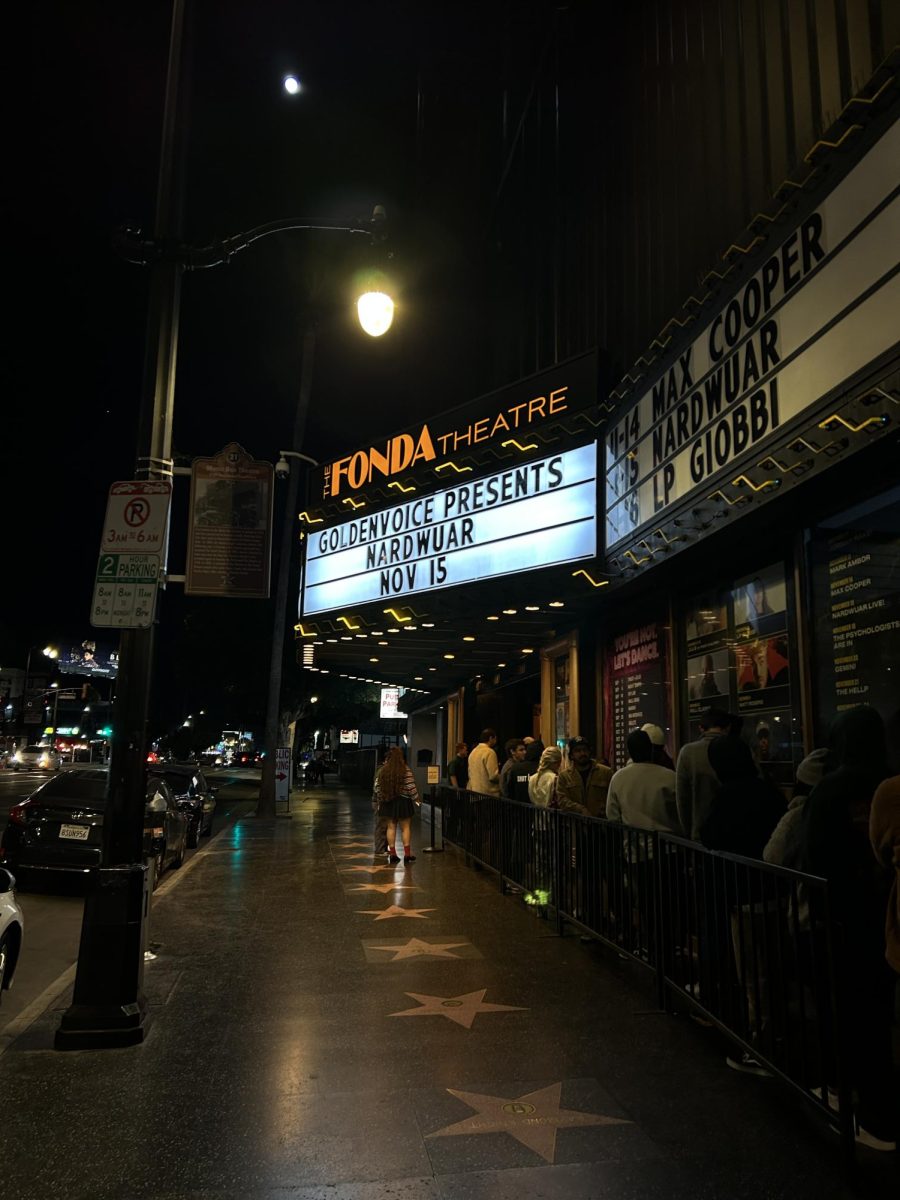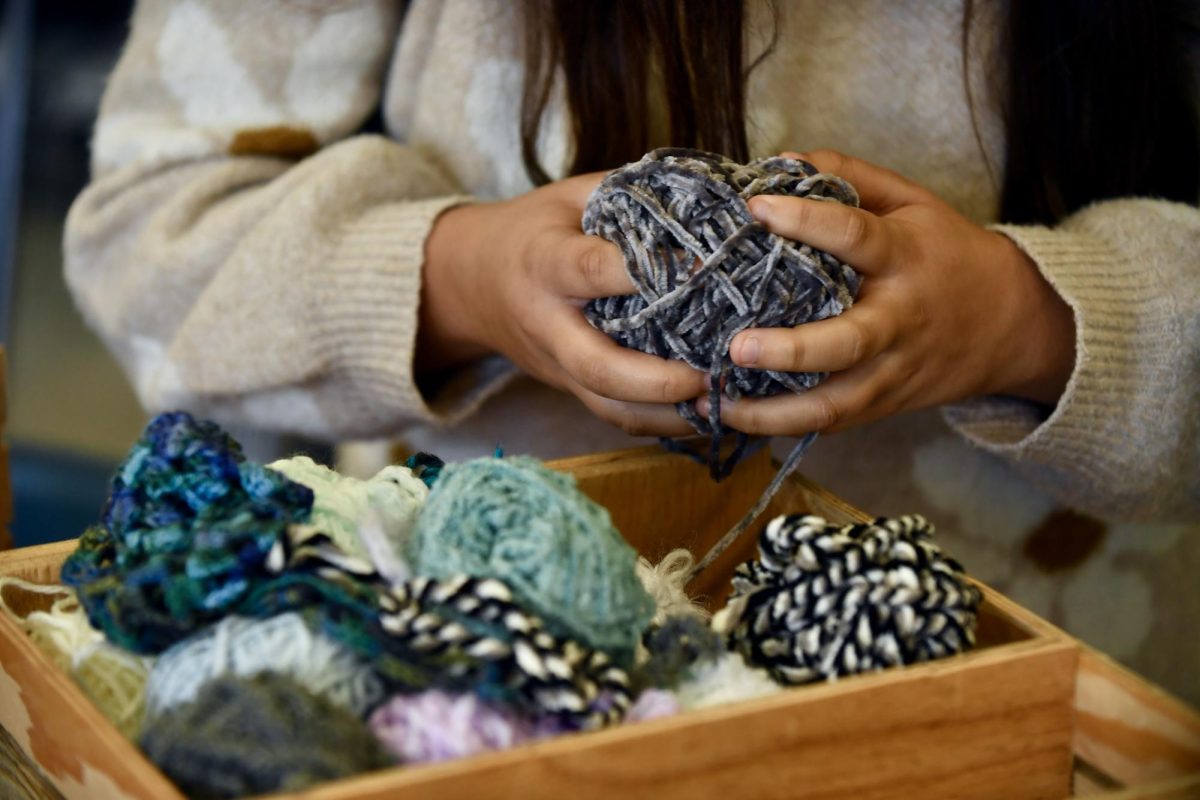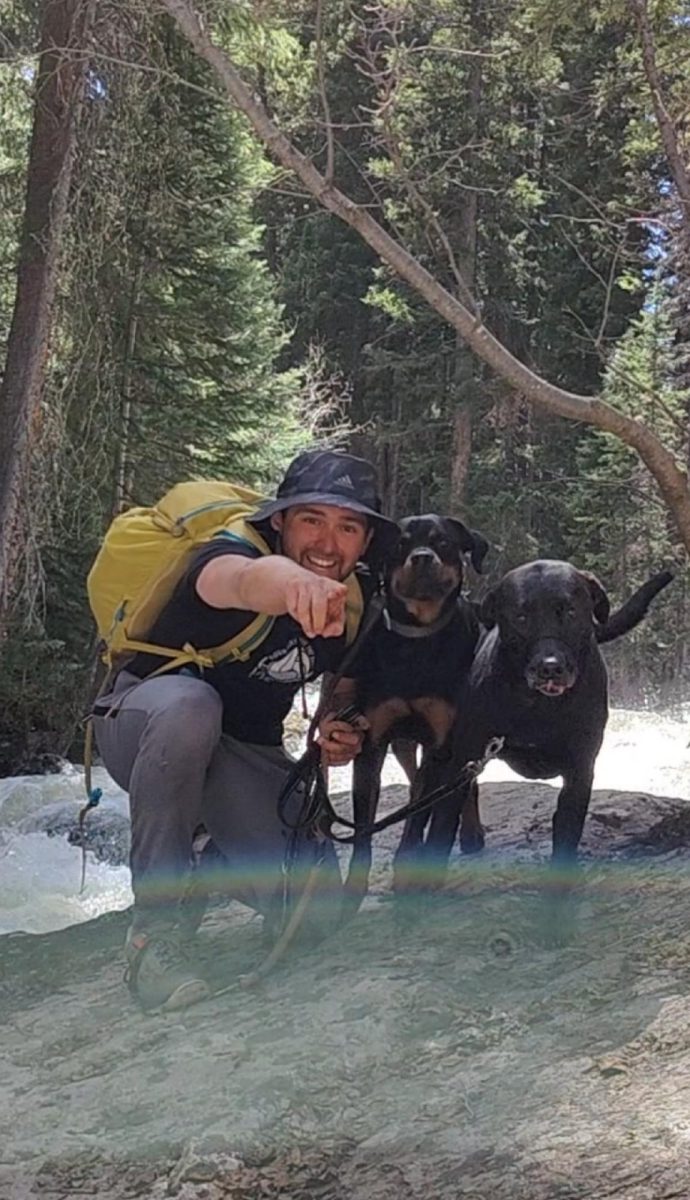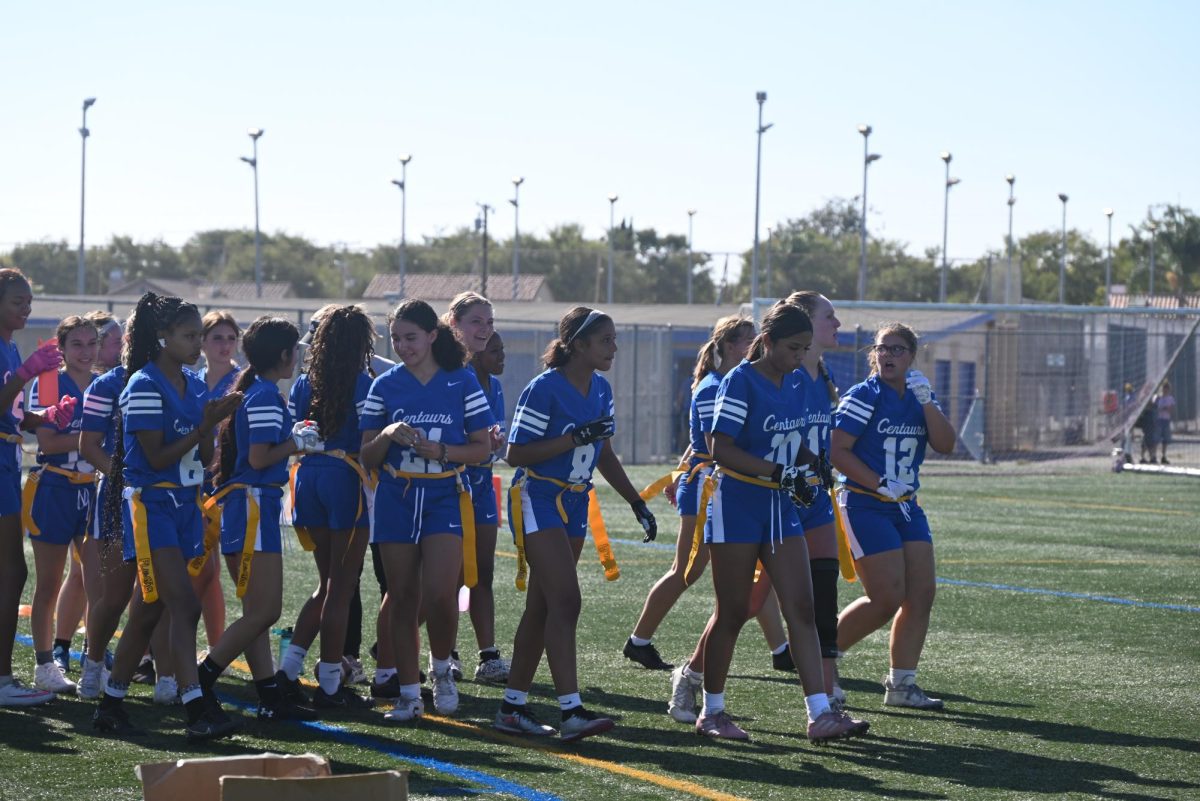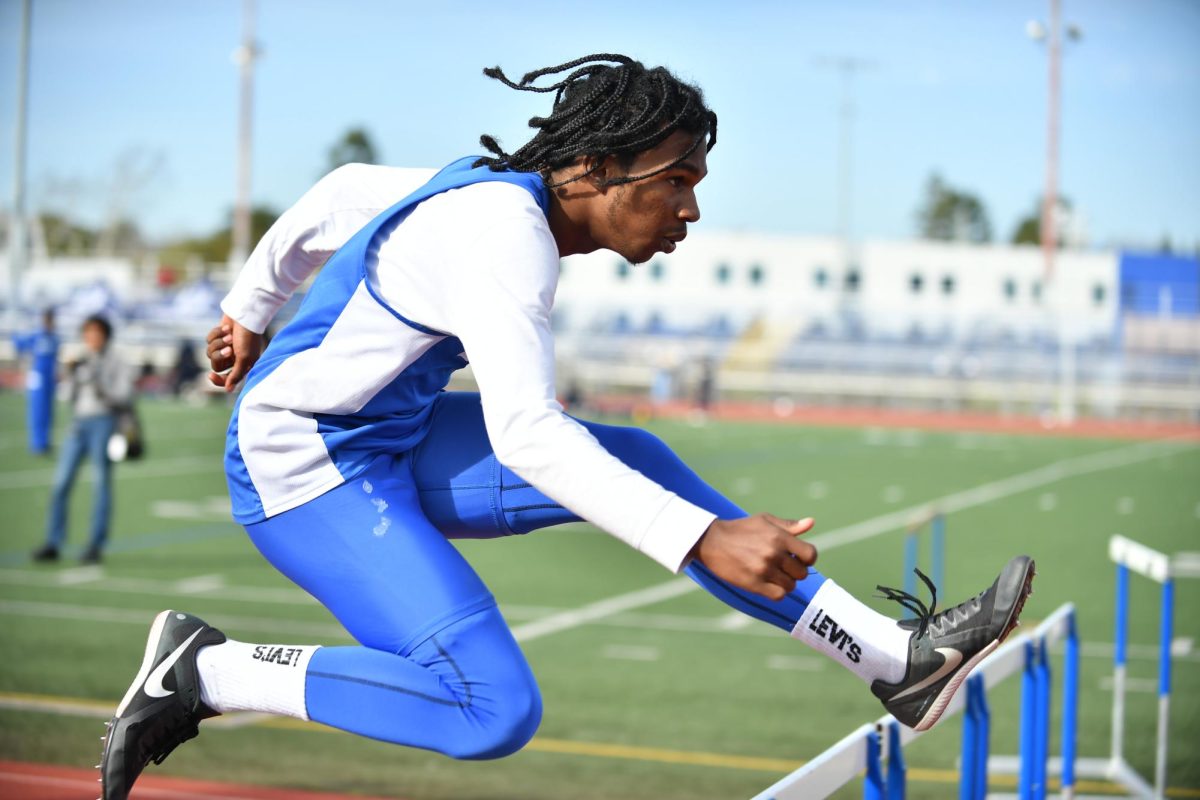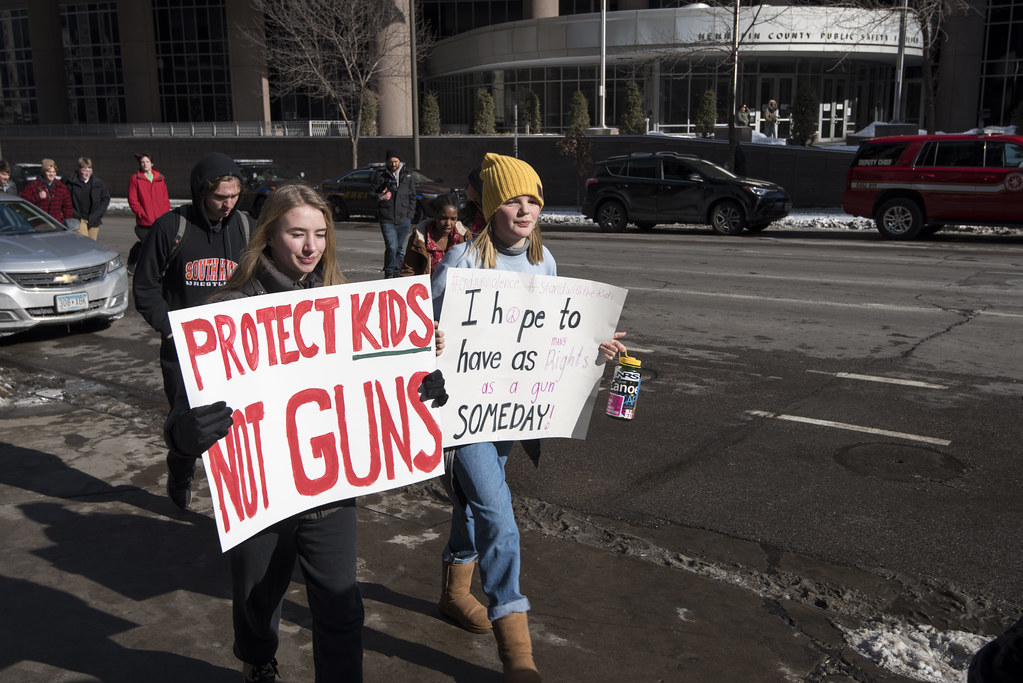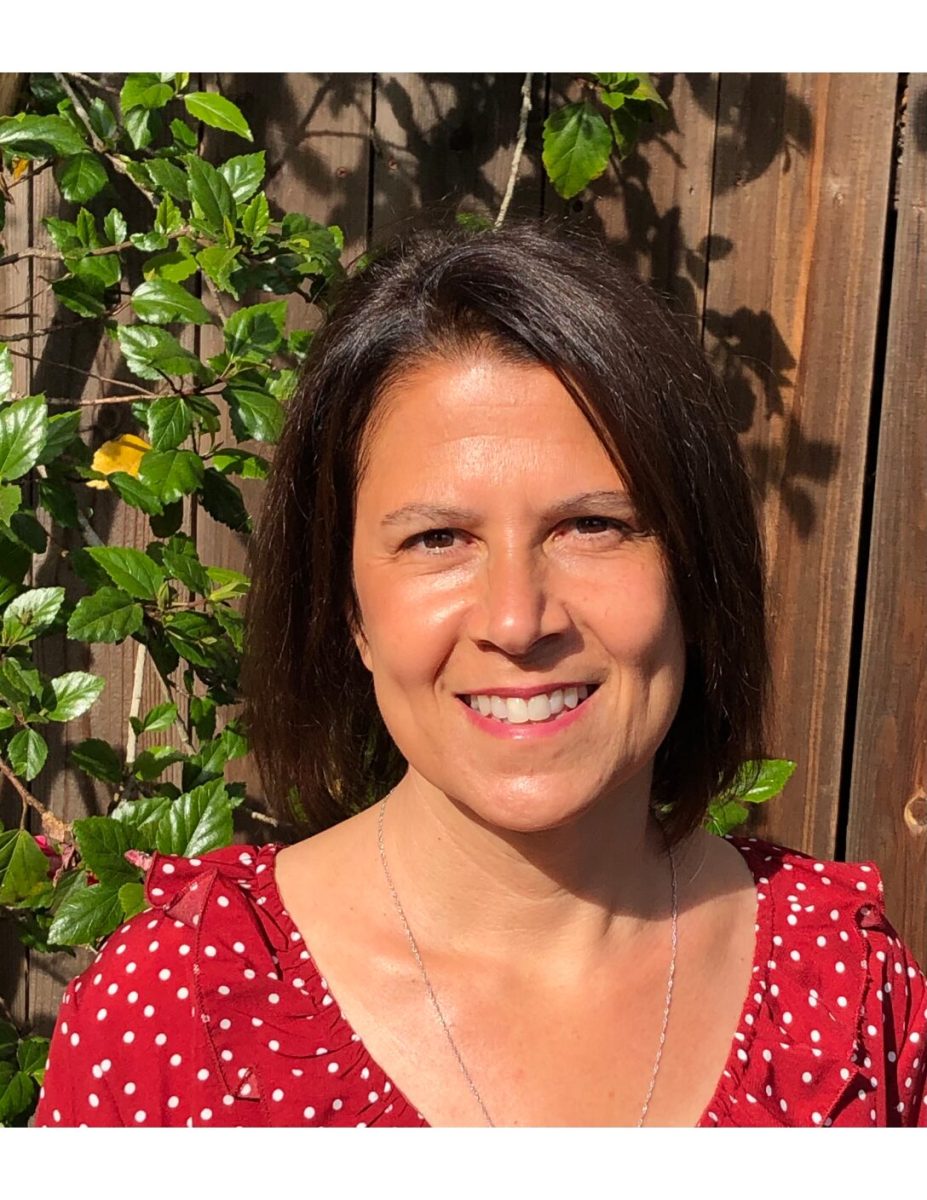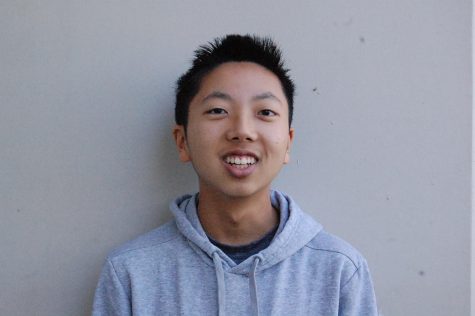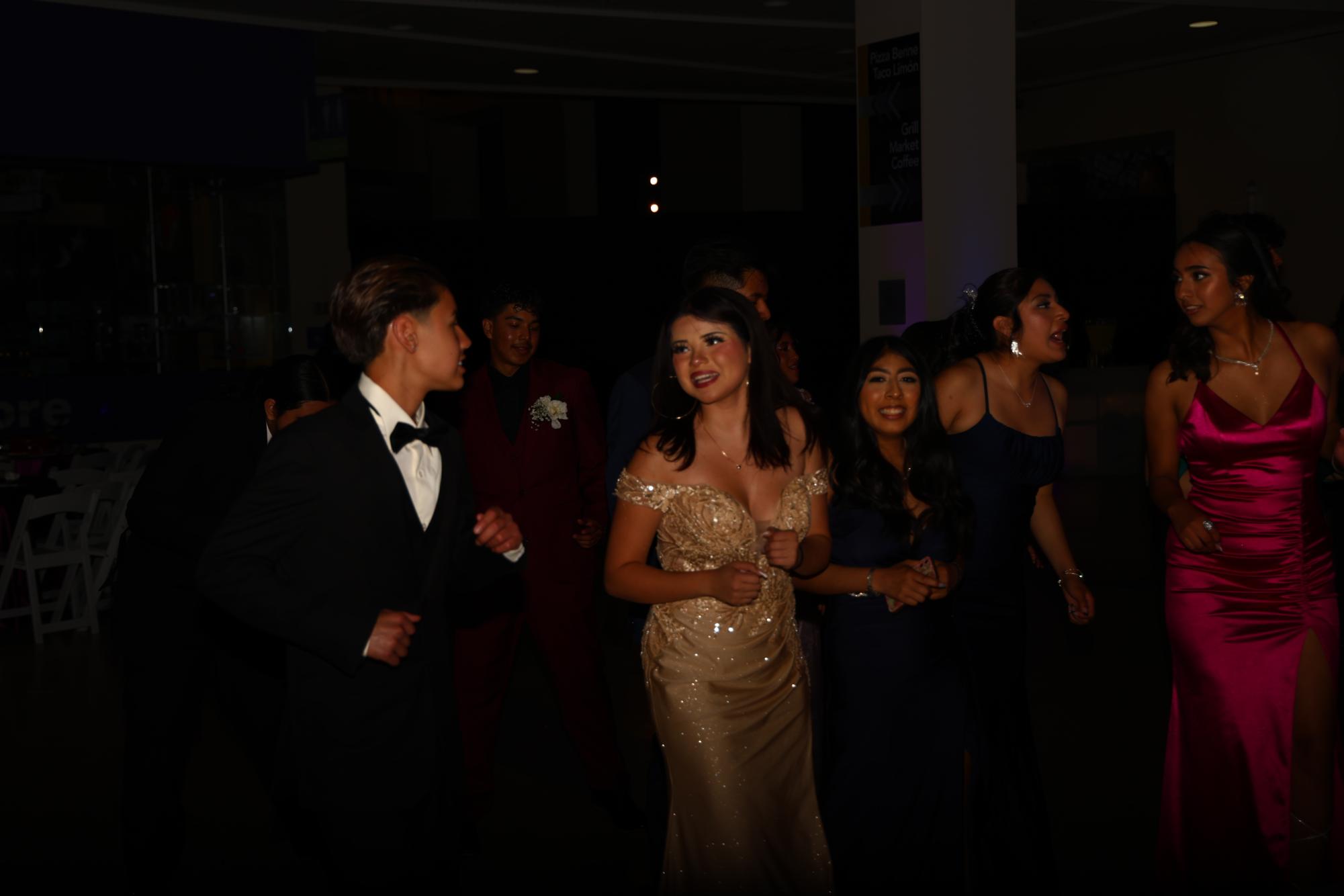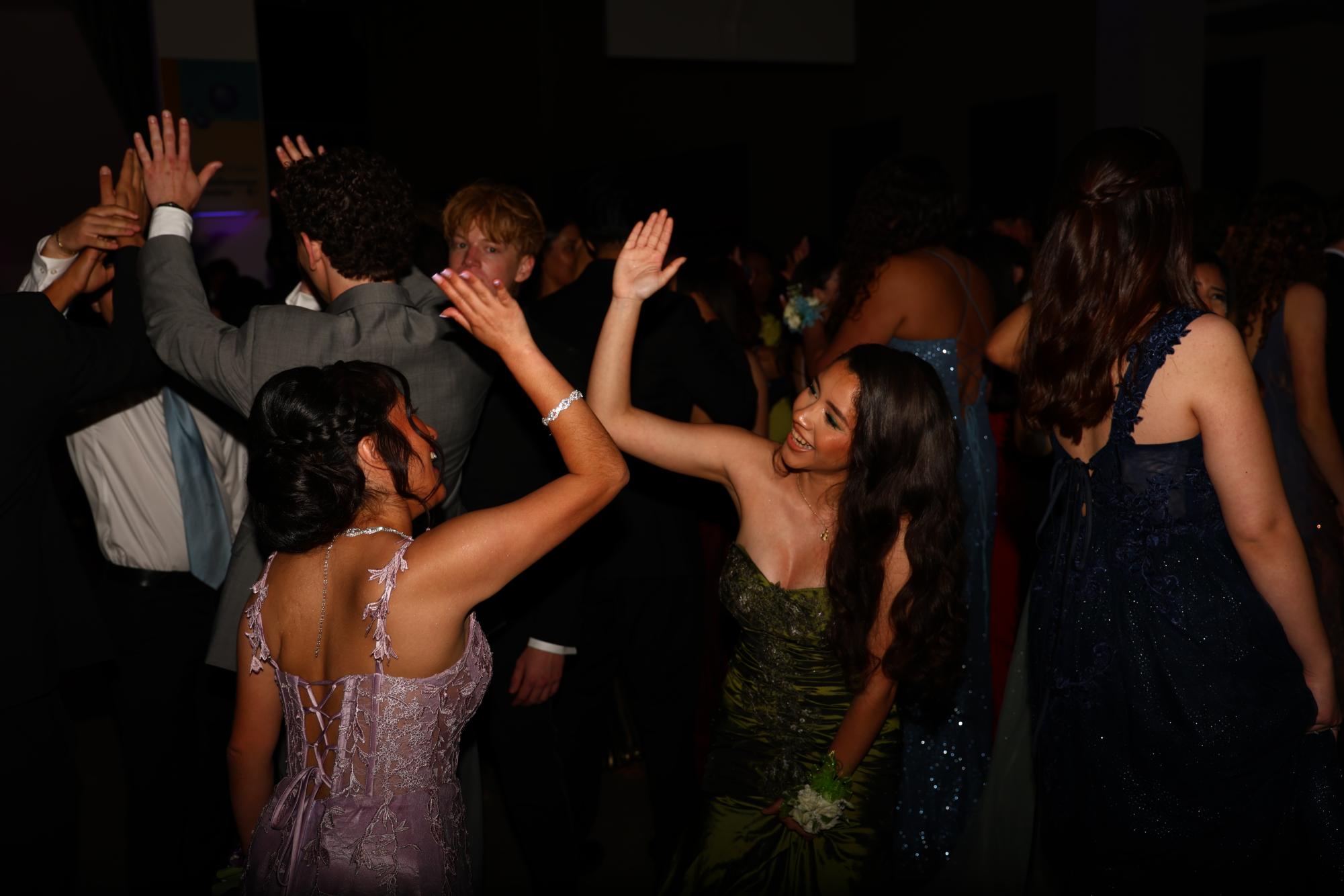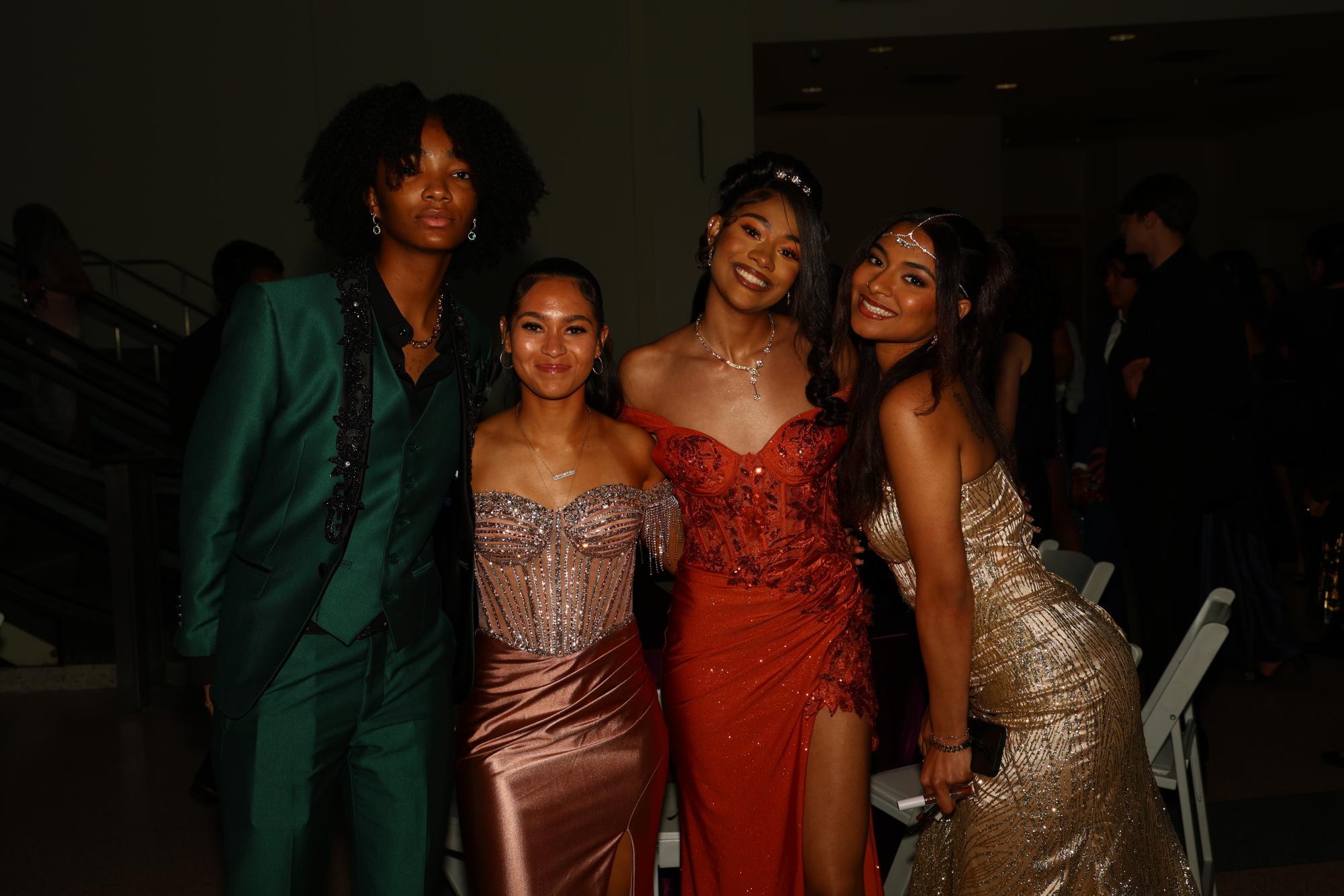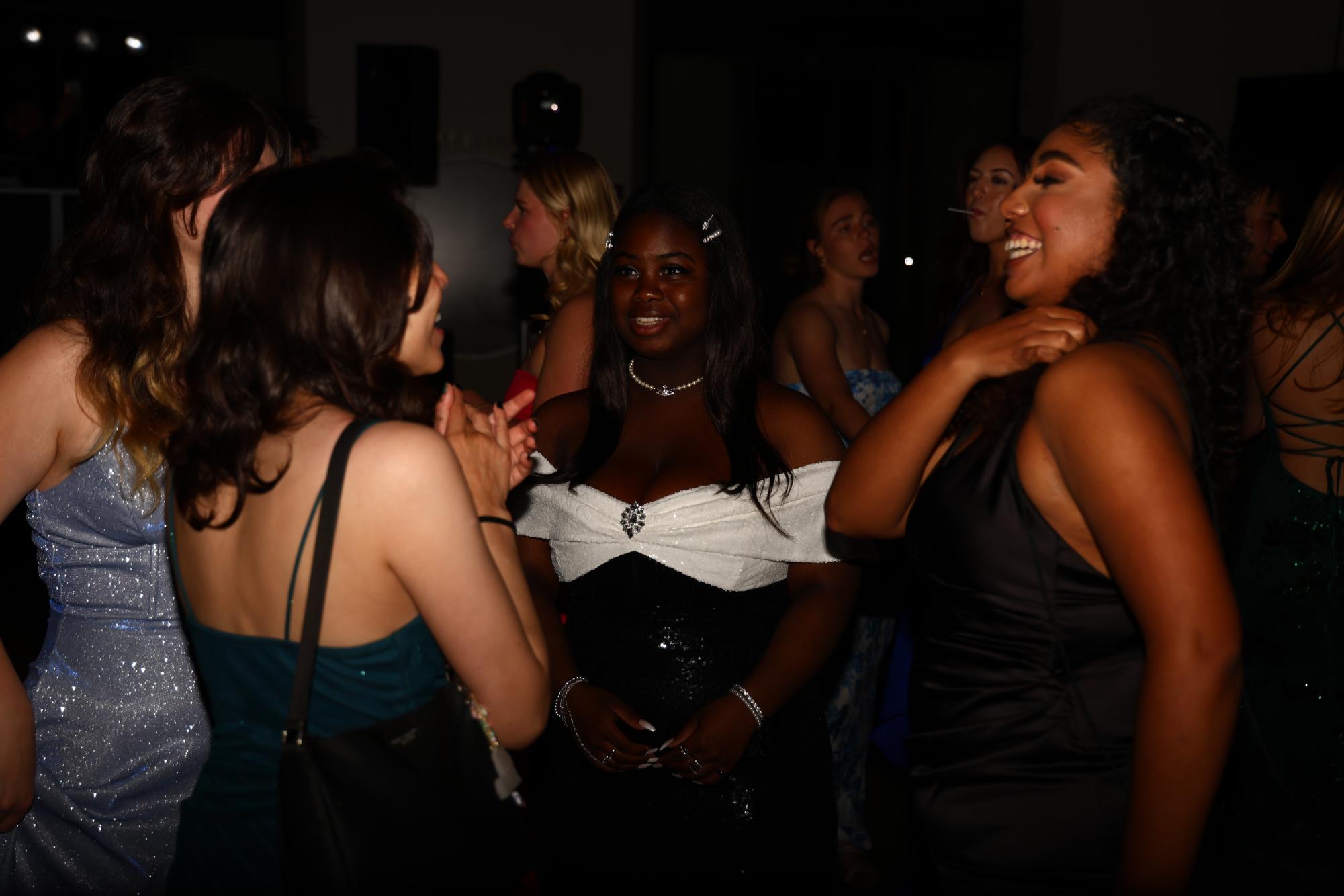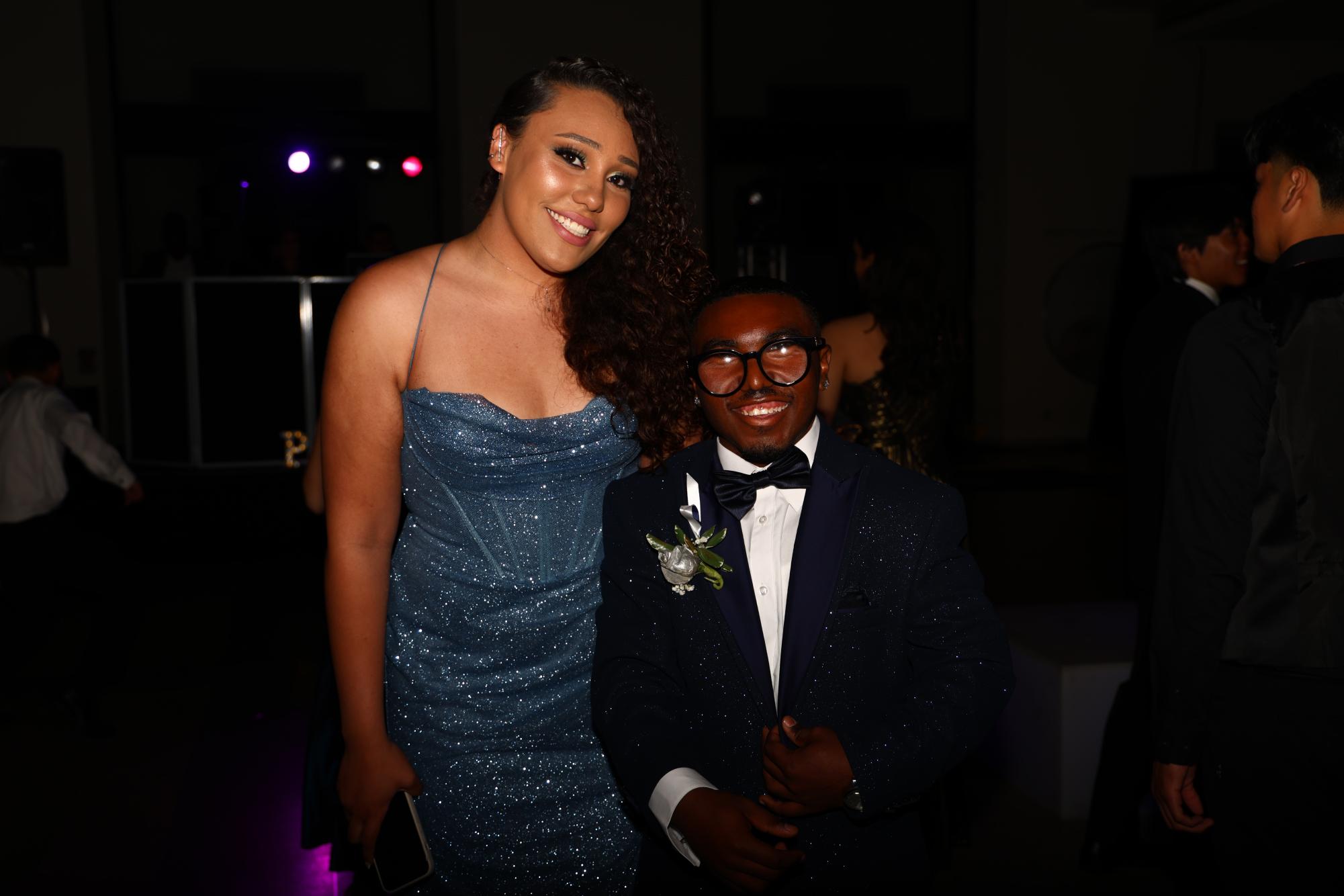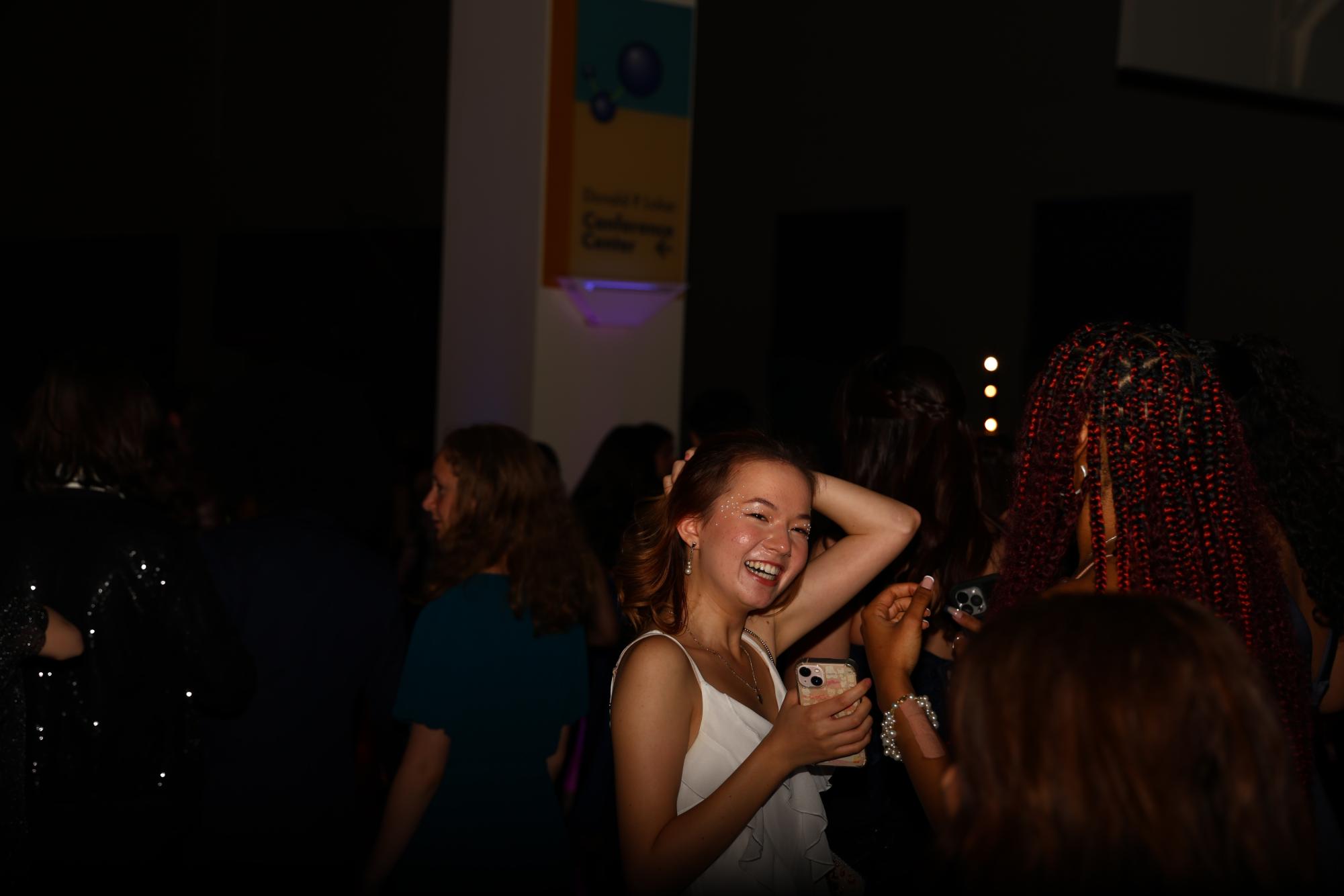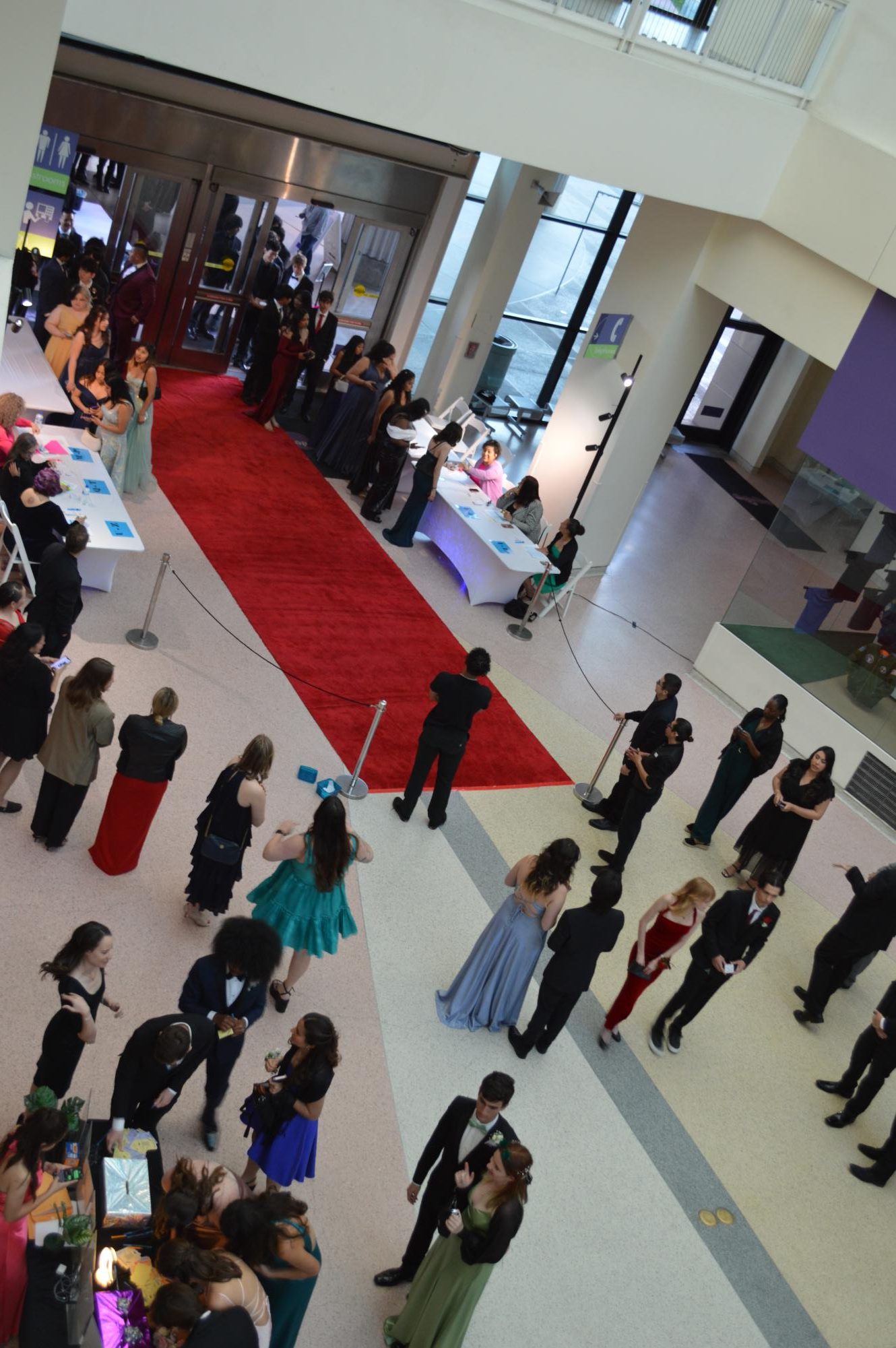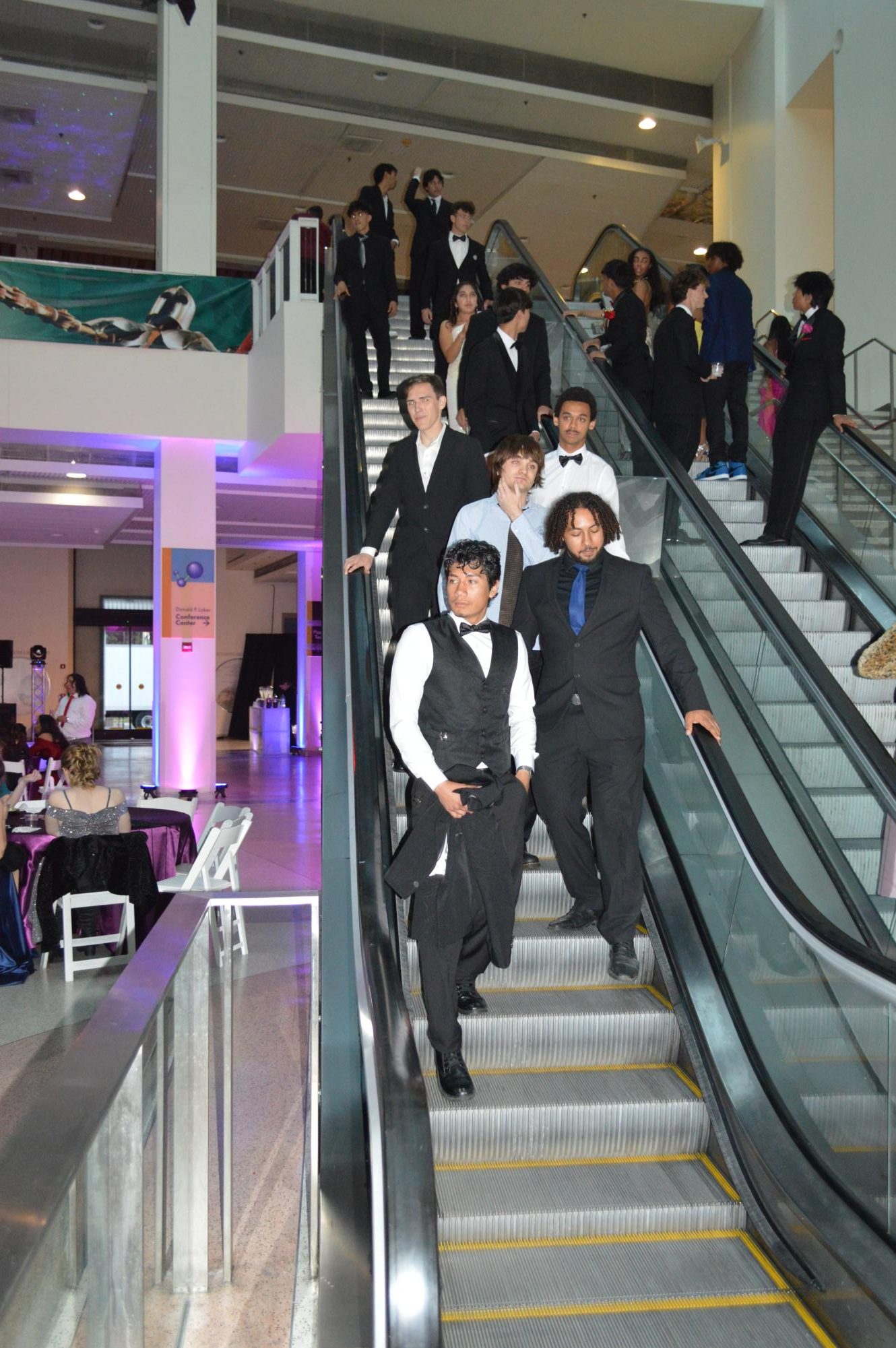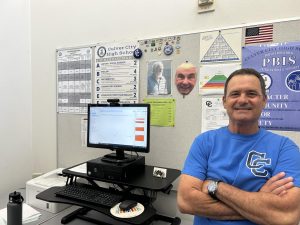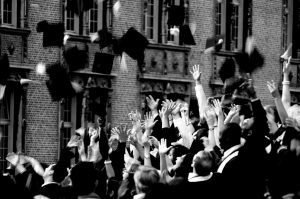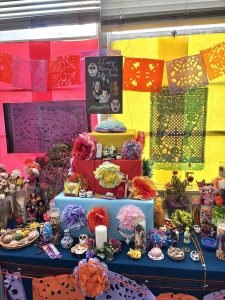Culver City High School Forced to Re-Cancel Sports Training
December 29, 2020
Less than two months after it first began, Culver City High School’s great POD experiment is coming to a premature end. The school administration’s plan for a limited return to in-person sports training was officially halted on Dec. 11 due to spiking COVID-19 cases across California.
The decision comes in compliance with Gov. Gavin Newsom’s latest stay-at-home order, according to a statement sent out to school parents. Officially, it means an end to an improbable, meticulously planned out attempt at enabling students to participate in school athletics — one that boasted zero positive coronavirus cases from inception to shut down, even amidst the worst of the pandemic.
The program was popular among student-athletes, many of whom viewed the return as a beneficial opportunity to reconnect with teammates and embrace a more structured, “normal” version of the training.
“I’m just happy to be playing again,” said Zevi Eckhaus, Culver City High School football’s varsity quarterback, in November. “We’re obviously very thankful and hoping for the best to come in the future.”
Many students seemed to eschew the risks of returning to in-person training, with only a few opting out of the program altogether. For most, CCHS’s health protocol was more than strict enough to stop the spread of the virus, and belief was high in their peers’ ability to stay responsible.
“I was very confident that we would stay safe,” Eckhaus said. “We all have the same mindset, and that’s to all play together. If we want to reach that goal, we have to follow the protocol and make sure that everyone stays healthy.”
At the core of this protocol lay the idea of separating athletes into “PODs” of 12 or fewer students. These PODs would show up to practice at staggered times and dates while maintaining strict masking and social distancing procedures. The school administration’s rationale: fewer students would mean a lower risk of contracting the virus, and greater ease of social distancing.
Before arrival at the practice site, athletes were also required to fill out a questionnaire through Stanbridge University’s Campus Screen app that would indicate whether they were safe to attend practice. A “green” screen meant that students displayed little risk of having COVID-19, while a “red” screen indicated high risk.
Once athletes arrived at practice, they were subjected to a temperature check via a non-contact thermometer to test for a fever. Successfully passing all of these checks would enable the student to participate in sporting activities.
For some students, however, the decision to return was a little more complicated. For varsity volleyball player Arjun Palkhade, his family was hesitant about sending him to practice and possibly exposing him to the virus.
“I’m occasionally torn between interacting with my coaches and teammates and forsaking the chance of a semi-normal senior year,” Palkhade said in November. “Ultimately, I realized that my passion for the sport needed me to return, but I needed to take precautions and make sure that I wouldn’t make a decision that I’d regret.”
Sierra Nimnual is one student who opted out of the POD program, though she says that her decision was motivated by a combination of factors unrelated to safety concerns.
“My main reason was actually because of my work schedule, which overlapped with the training,” Nimnual, a varsity cross country runner, said. “My second reason was because I was already training with a group of girls before the season started, and once POD training began we wanted to stay in our own group.”
Both Eckhaus and Palkhade acknowledged differences with training compared to past seasons but emphasized the importance of mentality and team culture in enabling athletes to adjust to the new normal.
“You just have to humble yourself,” Eckhaus said. “You have to really appreciate any activity you get to do. It’s a huge change but we all love the game and we want to play football, so we’re just making the adjustments that are needed.”
“I was a little concerned that I wouldn’t be able to fit back into the team spirit I’d left in my sophomore year,” Palkhade said. “In the first practice, though, I found myself overjoyed with the opportunity to laugh alongside my teammates. I think that despite the circumstances, team culture has stayed the same.”
Prior to Dec. 11, the day of the program’s shutdown, Phase 1 of the POD program had been implemented, with the following sports being cleared to practice: football, cross country, water polo, volleyball, marching band, dance and cheer. These sports were set for an optimistic return to interscholastic competition in January, a date that will likely be disrupted as the program is halted indefinitely.
While disappointment is high among students, who will now have to return to individual workouts, most have been accepting of the reason for the shutdown. Eckhaus has preached the importance of flexibility to his teammates and says that he remains motivated for the coming year.
“You can let it defeat you, and just give up,” Eckhaus said. “Or you can be positive and continue to push yourself and work hard so that when we do get back on the field, we’re all ready for it.”
Assistant principal Ebony Nicholson is hopeful that sports will be allowed to re-return to practice by early January, with competition being pushed back to February. This is subject to change, however, and will likely depend on the rapidity and scope of vaccine distribution in Los Angeles County.
Whatever the date, Culver City High School’s student-athletes are eager for the season to resume.
“We’re all ready to come back,” Eckhaus said.
